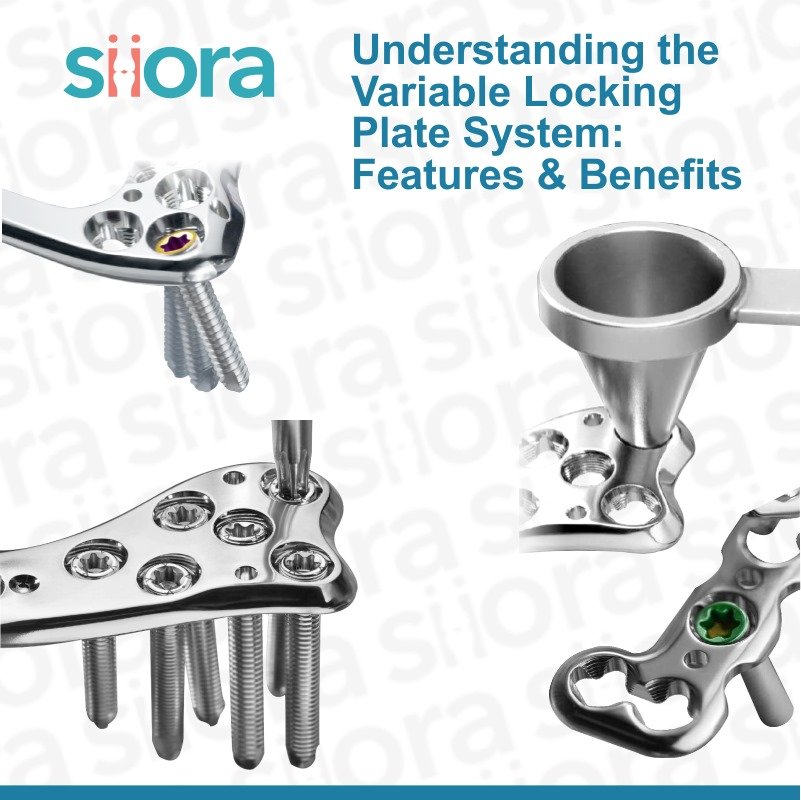Hip fractures are one of the most common kinds of broken bones, a broken hip is the most common reason why people require surgery for fracture above the age of 65. Unfortunately, this difficult problem usually affects the most vulnerable and frail patients. While some common orthopedic injuries occur in more vigorous, active persons, most broken hips occur in more sedentary, frail people.
Siora Surgicals has various types of hip prosthesis implants like as Bipolar Prosthesis – Standard Stem – Non – Fenestrated – Sterile, Austin Moore Hip Prosthesis – Excel – Standard Stem – Sterile, Thompson Hip Prosthesis – Excel – Narrow Stem – Sterile and hip instruments Rasp for Austin Moore Narrow Stem, Rasp for Thompson Standard Stem, Tapered Reamer – For Bipolar Prosthesis. can be accessed from Top Orthopedic Implant Companies in India.
Due to this, many people who sustain these injuries, or their families, are concerned about the process of recovery. Is a major surgery useful? What is the probability of recovery? What is the best method to help an elderly person who has broken their hip?
Treatment for The Broken Hip:
Almost every person who breaks their hip will need surgery to fix the problem of the fractures. The surgical procedure is done by using orthopedic implants and instruments. There are various treatment options that depend on the patient who is injured and the location of the fractured bone. The options necessarily are to either repair the broken bone, or to replace all or part of the hip joint. Most fractures will have a preferred method of treatment. Although in some situations your surgeon will make a recommendation where there may be more than one choice for treatment.
Sometimes families will consider nonsurgical treatment for these injuries. While that may be an option for very sick or very frail patients, it is typically not a good option. Nonsurgical treatment is only considered for very specific types of fractures, such as if the break is only on the pelvic side of the hip joint (and not the femur), then nonsurgical treatment may be possible. But most of the hip fractures of the femur bone will need surgery using orthopedic tools. The problem with the nonsurgical treatment of most kinds of broken hip can be close to impossible.
There are many problems with not being able to move a person who has been injured:
- It may cause more problems:– Being immobile can lead to several problems with people. The development of other medical conditions is one of the major problems with the nonsurgical treatment of hip fractures. Immobile people are prone to developing blood clots, pneumonia, and bed sores. These conditions are already problems for older people, and if you cannot move someone, then the chance of developing one of these types of problems goes up significantly. For these reasons, even in very sick or very frail patients, repair of a hip fracture is typically recommended.
- It Can Be Difficult to Care for People: – Taking care of someone who cannot move is very challenging. Simple tasks such as toileting and bathing someone who can’t move is difficult. While managing painful symptoms of a broken hip can be accomplished by having someone lie still, it isn’t reasonable to care for someone without moving them. Thus, even when broken hips occur in people who are entirely dependent on others for support, they are typically repaired surgically to allow for this care to take place.
The surgical procedure used to fix a broken hip may differ depending on several factors. Generally, fractures of the very top of the thigh bone, called the femoral neck, are treated with replacement. If the femoral neck fracture is not all displaced (out of place), then a repair of the break may be considered. Fractures below the neck of the femur, called peritrochanteric or intertrochanteric fractures, are treated with a surgical repair using bone plates, bone screws, or rods.








